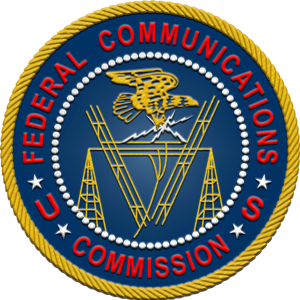Will New Legal Amendment Create Broadband Possibilities for Businesses?
By Jotham Sederstrom August 29, 2013 9:00 am
reprintsThe Federal Communications Commission unanimously voted last week to modify its rules governing unlicensed communication equipment in the 57 GHz -64 GHz band.
Now, outdoor devices will be able to send high-capacity broadband over longer distances and provide relief in densely populated areas where 4G users need more spectrum support. By lifting the regulatory constraints on these operations, the FCC hopes to create more competition in the tech field, and, ideally, carriers will be held to higher standards.
 “By allowing longer communication distances for unlicensed 60-GHz point-to-point systems, there will be opportunity for additional competition in the broadband market and lower-cost, higher-capacity commercial and consumer wireless services,” Julius Knapp, chief of the FCC’s Office of Engineering and Technology, said.
“By allowing longer communication distances for unlicensed 60-GHz point-to-point systems, there will be opportunity for additional competition in the broadband market and lower-cost, higher-capacity commercial and consumer wireless services,” Julius Knapp, chief of the FCC’s Office of Engineering and Technology, said.
Unlicensed spectrum technologies are a driving force for competition in the broadband market, especially where wireless broadband networks are concerned. With this new legal amendment, carriers may start to feel pressure to deliver better, more efficient broadband to businesses and increase the rate of data communications. These changes could also mean the elimination of the need for actual wiring facilities, experts said.
“This item takes another important step to encourage the technological development in these spectrum brands,” Mignon Clyburn, acting FCC chairwomen, said. “Increasing the emission limits for outdoor fixed applications will extend the reach of fiber-optic networks. … Tapping into the lightly used upper reaches of the spectrum is an important component in our overall strategy for meeting the high bandwidth demands of tomorrow’s networks. It will also help promote expansion of wireless broadband services to rural areas of our country.”
The 57 GHz to 64 GHz bandwidth is ideal for extending fiber-optic connections and broadband access across structures within the same commercial business space, relieving the need for complex wiring systems.
“In sum, it makes using 60 GHz spectrum easier and less expensive,” FCC Commissioner Ajit Pai said.
While allowing people to use directional point-to-point antennas promotes short- to medium-range high-speed communication, the wavelength for 60 GHz is short, so the signal falloff would be extreme, Peter Grace, director of IT for Stack Exchange, said.
“The rule change probably sounds awesome but will likely only be useful in a certain set of cases,” Mr. Grace added. “You’re talking about needing to pinpoint and adjust two antennas from miles away so that their alignment isn’t off by more than an inch, and even a little bit of interference will throw off the whole thing. This won’t be something amateurs are installing, and [it] will require better toys than your local satellite installation tech has in his truck.”


